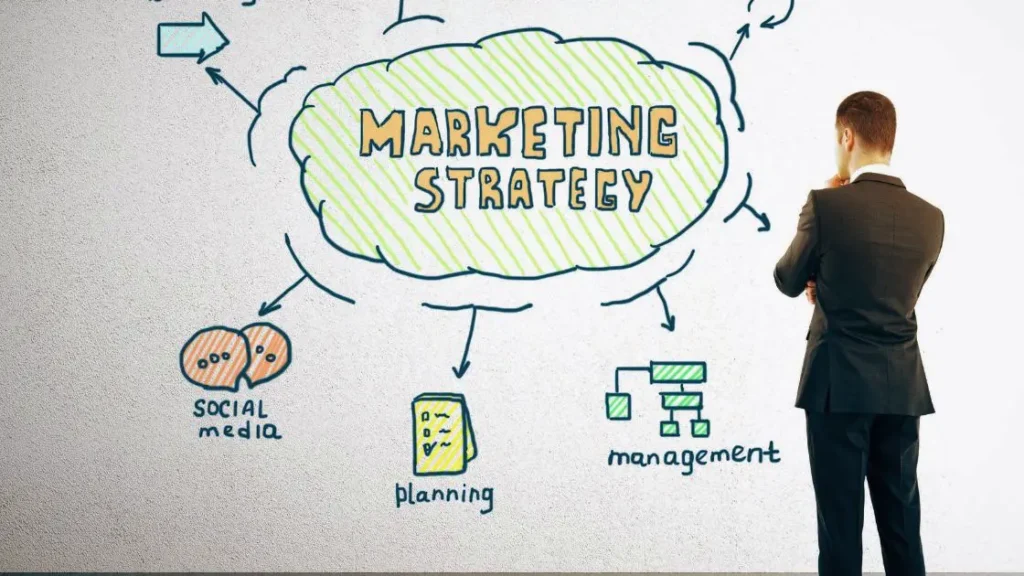G’day friends! Alex here, back again to chat all things content marketing. Lately, I’ve been getting quite a few questions from folks just getting into content marketing, asking how they can set up a solid strategy. As a seasoned content marketer focused on WordPress and web dev, I’ve put together my top tips for beginners looking to build a practical content marketing approach from scratch. Buckle up, as this will be one ripper of a guide!
What is Content Marketing?
Before diving right in, let’s take a quick step back and ensure we’re all on the same page here. Content marketing is a strategic approach that focuses on creating and sharing valuable, relevant content to attract and retain a clearly defined audience, driving them to take action that benefits your business. The key phrase is “valuable, relevant content” – none of that spammy, overly promotional muck.
Unlike traditional advertising, content marketing aims to gently capture attention and establish trust over time by offering information tailored to helping your audience. Once you build that trust and authority around your knowledge on a topic, your audience will see you as an invaluable resource. This makes them much more likely to turn to you when they need what you’re offering.

Why You Need a Content Marketing Strategy
With content marketing, you can’t just throw a few blog posts on your site and expect instant results. You need a plan that keeps your content and business goals aligned over the long haul to make an impact. A sound content marketing strategy helps you:
- Map out audiences, topics and methods
- Maintain consistent messaging
- Produce the right content (not just more content)
- Choose channels that match your goals
- Monitor performance and pivot as needed
When all aspects work together cohesively, you get the traction and trust needed to influence your audience over time.
How to Define Your Target Audience
Before mapping out a content plan, you need to be clear on who you’re creating content for. The more narrowly you define your target audience and understand their needs, the better you can tailor information to them.
Start by developing buyer personas – fictional representations modelled after your ideal customers. I typically use market research and analytics to uncover audience demographics, common challenges, goals and motivations.
You want these personas to feel like real people! Give them names, backgrounds, photos, etc. The more comprehensive, the better you can insert yourself in their shoes.
Analysing Competitor Content
Next, pop your stalker hat and sleuth out what content your competitor sites publish. This offers heaps of intel around topics and formats resonating in your niche.
Use tools like SEMRush, Ahrefs or Buzzsumo to uncover:
- Hot topics/keywords
- Highest performing content
- Content gaps – underserved topics
- Opportunities to emulate or outdo competitors

Finding white spaces to create uniquely helpful content? Ripper!
Developing a Content Mission Statement
Now it’s time to define your content marketing superpowers! Distil your unique value and topic niche into a short content mission statement. This guides your messaging and helps content consistently reflect your positioning.
A good mission statement typically covers the following:
- Target audience(s)
- Their key need(s)/challenge(s)
- The unique value your knowledge/services offer
- The outcome/transformation you provide
Keeping this top of mind ensures your content directly speaks to your audience’s situation.
Setting Measurable Goals
With your audience, positioning and direction clear, you can define tangible goals that align with your overarching business objectives.
Be sure to make goals:
- Specific – precisely defined without wiggle room
- Measurable – quantifiable metrics to track progress
- Achievable – realistic given resources/constraints
- Relevant – tied directly to business success
- Time-bound – with a specified completion date
Goals include traffic, leads, sales, conversions, awareness, etc – just ensure you can measure them.
Creating and Curating Valuable Content
Now for the fun part – mapping out ideas and topics for killer content aligned with your strategy! Maintain an editorial calendar organising ideas by:
- Content type – articles, videos, podcasts etc
- Topic/headline
- Keywords and phrases
- Publishing date
- Author
Plan a variety of engaging content like:

Educational Articles/Guides:
- How-to articles
- Step-by-step walkthroughs
- Ultimate guides
- Gear reviews
- Q&As
- Interviews
Data-Driven Content:
- Case studies
- Research reports
- Data visualisations
- Calculators
- Quizzes/assessments
Storytelling Content:
Storytelling helps audiences emotionally connect with content, envisioning themselves in the narrative. Weave in stories around:
- Origins (yours or product/service)
- Product development
- Customer success stories
- Company values
Trend Content:
Stay keyed into your niche by covering emerging technologies, strategies, techniques, etc. This shows your fingers on the pulse!
Repurpose evergreen content, too – podcast episodes from popular posts, infographics simplifying research, etc. Multiply content mileage without constantly creating from scratch!
Optimising Content for SEO
What good is ace content if no one sees it, hey? SEO optimising makes your content easily discoverable by searchers. Tactics include:
- Conducting keyword research to identify high-value search queries and integrating these in range without overstuffing
- Including targeted keywords in titles, meta descriptions and image file names
- Structuring content with easy-to-scan headers utilising keywords
- Interlinking related site content to reinforce relevancy
Write conversationally, though – no keyword vomit! Search engines value good user experience, not just jamming in keywords.
Promoting and Distributing Content
Just posting content isn’t enough – you must point people to it! Promote content through:
- Email lists and newsletters
- Social channels
- Paid ads
- Guest posting
- Influencer partnerships
Watch your metrics on each channel – double down on what works!
Leverage repurposing, too – snippetized social posts linked to full articles, graphics resharing critical data, etc.

Tracking Metrics and Continuously Optimizing
Whip out your analytics toolkit to gauge content performance. Vital metrics include:
- Traffic
- Engagement time
- Social amplification
- Links/backlinks
- Conversions
Compare metrics against goals, assessing what content types, topics and channels perform best. More of what works, less of what doesn’t!
Also, seek audience feedback via surveys, interviews and reviews. Direct insights from your audience are marketing gold!
Keep testing new ideas and emerging channels while maintaining what already resonates. Consistency plus experimentation is critical.
Wrap Up
I hope all this helps provide a solid game plan for conquering content marketing! Remember, mates – rather than focus on volume, zero in on consistently creating content that delivers value for a clearly defined audience. Pour your passion into your niche, tell engaging stories, and build trust over time. Do that exceptionally well, and your content marketing bonzer strategy will fall right into place!
Do you have any other tips or tricks for beginner content marketers? Fire away in the comments!
